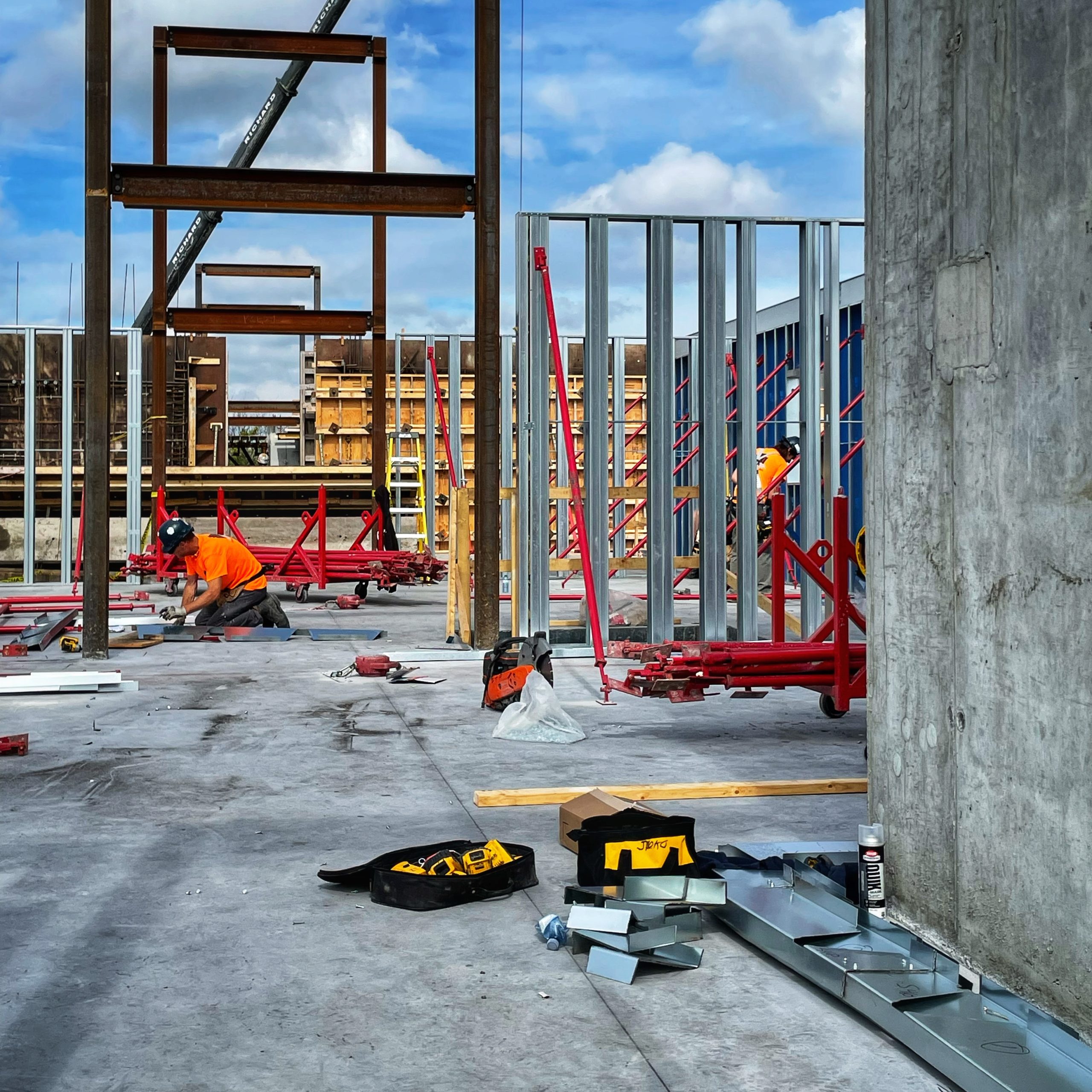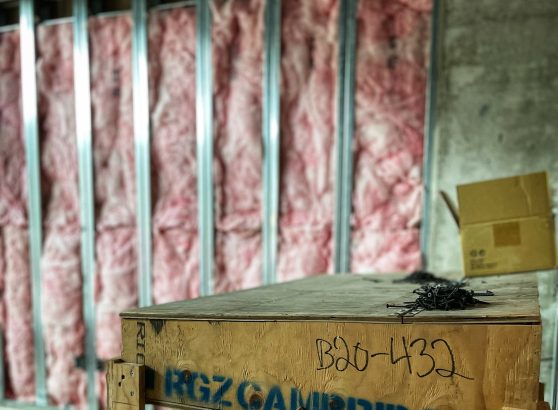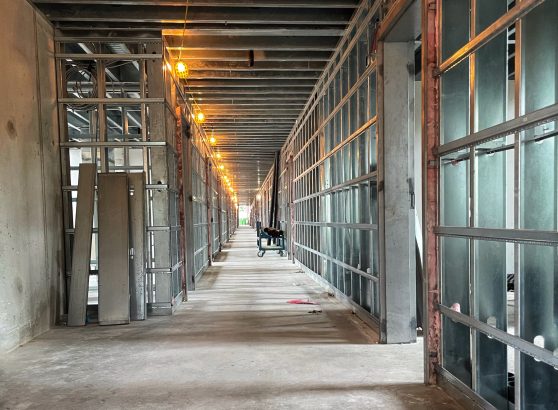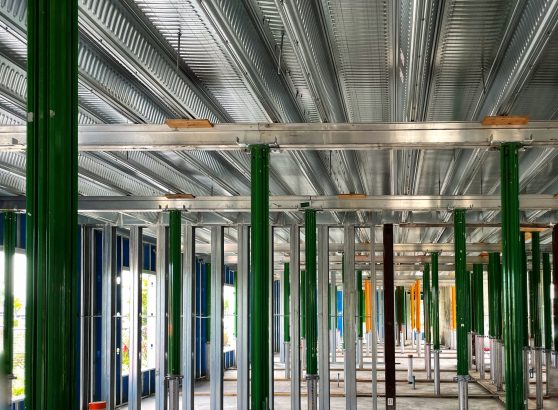The first thing that comes to mind when you hear the word “prefabricated” is ease and speed. This is because prefabricated buildings are constructed in a factory, which means they can be built faster with less manpower and resources needed. However, this isn’t the only benefit of prefabricated structures. There are many advantages of prefabricated walls that help save time and money in construction and maintenance. There are two types of prefabricated wall panels: interior and exterior. Each is made for a specific set of conditions, which makes them perfect for different situations. If you are considering using panels in your project, this article will explain their differences so you can pick the right one for your situation.
What is an Interior Prefabricated Wall Panel?
Interior prefabricated wall panels are built to last and meet all building codes. They are designed to be used inside a building such as a commercial or residential structure. Prefabricated walls can be used to build almost any structure, such as a warehouse, office building, retail store, school, or even a home. Interior walls are generally lighter and thinner than exterior walls. They are made with a variety of materials including wood, metal, and steel.
The most popular material for interior panels is wood because it is easy to work with and is a renewable resource. Some common types of wood used for wall panels include southern pine, spruce, and Douglas fir. The type of wood you select will depend on the desired look and finish. You can also add a water-resistant coating to protect it from moisture. Interior panels are generally made with a tongue and groove pattern to help reduce sound and vibration. On top of that, they come with a standard finish on both sides, so you don’t have to finish them yourself. Interior prefabricated walls are typically used inside a building that doesn’t face extreme weather conditions.
What is an Exterior Prefabricated Wall Panel?
Exterior prefabricated wall panels are made for outdoor use, such as a patio, deck, or gazebo. Sometimes, an exterior wall panel can be used inside a building such as a greenhouse, but this is more common with interior panels. Exterior walls are heavier and thicker than interior walls. This is because they are designed to withstand extreme weather conditions such as heavy rain, thunderstorms, wind, and ice. They are also built to resist pests and insects such Exterior prefabricated walls are made with a variety of materials, but wood isn’t one of them. The most popular materials for exterior walls include vinyl, aluminum, and steel. Exterior wall panels are generally built to last between 20 and 50 years. You can find exterior panels in many styles and finishes. They are also easy to install and maintain.
The Benefits of Using Prefabricated Walls
As we’ve discussed, prefabricated walls are built in a factory, which means they are easier and faster to build. They also come with a finished look that can be customized to suit your needs. You can also select the color and material of your prefabricated walls, which isn’t possible with traditional construction methods. You can also order custom panels that meet your specific needs and requirements. These panels are also easy to transport and ship, which means they can be used for remote locations. The materials used in prefabricated walls are of higher quality, which means they are more durable and long-lasting. Prefabricated walls are often built with material that is resistant to weather, pests, and insects.
Which Type of Wall Panel Should You Use?
When deciding which type of prefabricated wall to use, you’ll want to consider the following: – Weather conditions – The type of building you are constructing – Cost – Time frames – Ease of installation – Materials used – Maintenance – Sound-proofing Where you plan to install your panels will affect which ones you should use. If you want to maximize your savings and efficiency, you should select the right panels for your project. You’ll want to consider the materials used, maintenance, ease of installation, and sound-proofing.
How to Decide on a Prefabricated Wall for Your Project?
First, you need to decide on the type of prefabricated wall you want to use. Some of the above factors will help you make the final decision. You also need to determine the size of your panels. This will help you determine how many panels you need and where they will be installed. You also need to determine which wall will be the outside and which will be the inside wall. You’ll want to make sure you follow the manufacturer’s instructions carefully so you can get the best results.
Conclusion
Prefabricated walls are built in a factory and are easier and faster to build. They also come with a finished look that can be customised to suit your needs. You can also select the color and material of your prefabricated walls. They are easy to transport and ship, which means they can be used for remote locations. If you want to save time and money, using prefabricated walls is the way to go.
Contact RGZ Cambridge today for all your prefabricated wall panel needs: We are industry leaders in Commercial and Residential projects. Call us today: 613-695-5544 or reach us via this page.






